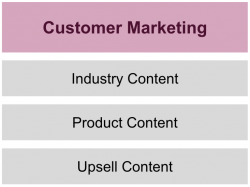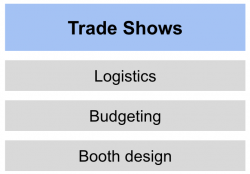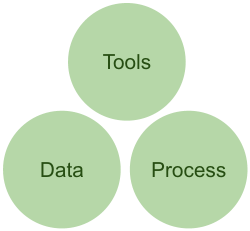 This is article #33 out of 50 in The Startup Marketing Playbook.
This is article #33 out of 50 in The Startup Marketing Playbook.
Here’s what I think happened: engineers are always talking about the “stack” they develop in: simply the list of programming languages and template libraries they use to program. Marketers maybe felt a little jealous and also wanted to have a cool way of explaining all of the tools we use. Therefore the emergence of the term “marketing stack.” Similar to engineering, this is a list of the many software applications marketers use to manage campaigns, measure and develop marketing activities.
The competitive landscape for marketing tools is an absolute bloodbath — there are hundreds of valuable SaaS apps for marketers to leverage for better performance and efficiency. Selecting the right mix of tools (i.e. stack) is important to ensure they all work together seamlessly.






